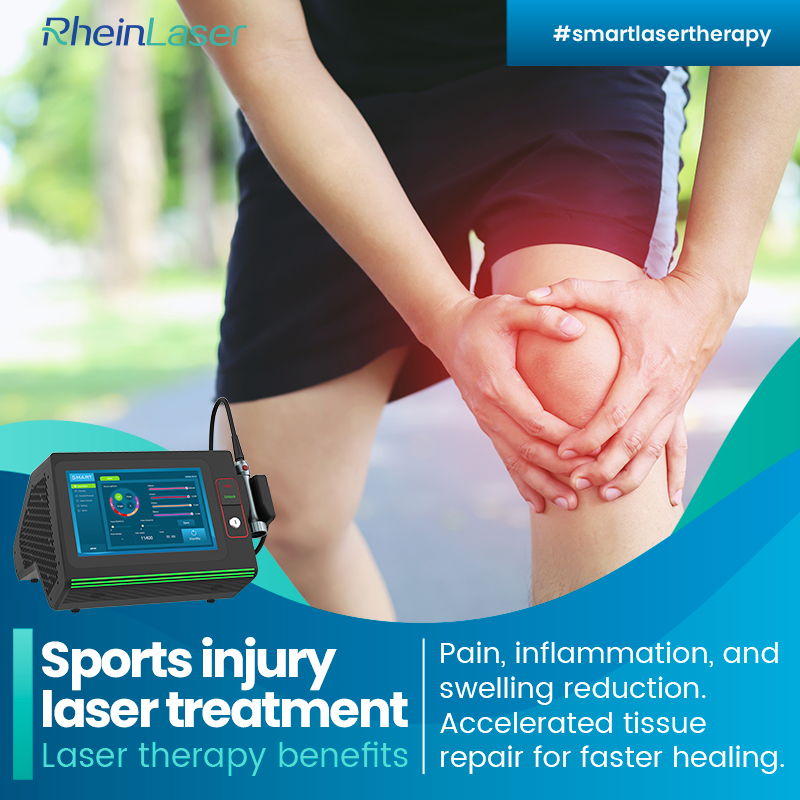Page Contents
Knee pain can be a debilitating condition that affects millions of people worldwide. Traditional treatments often involve medications, physical therapy, or surgery. However, a revolutionary approach gaining popularity is laser treatment for knee pain. This non-invasive procedure utilizes advanced technology to alleviate pain and promote healing. Understanding the basics of this treatment can provide valuable insights for those seeking relief from knee discomfort.
How Laser Treatment Works

Laser treatment for knee pain involves the use of low-level laser therapy (LLLT), also known as cold laser therapy. Unlike surgical lasers that cut or burn tissue, LLLT uses low-intensity light to stimulate cellular activity. When applied to the affected knee area, these non-thermal photons of light penetrate the skin and interact with the cells, triggering a series of biochemical reactions. This process enhances cellular function, reduces inflammation, and promotes tissue repair.
Benefits of Laser Therapy for Knee Pain
- Pain Relief and Inflammation Reduction:
Laser treatment has shown promising results in reducing pain associated with various knee conditions, such as osteoarthritis or ligament injuries. The therapy helps to decrease inflammation by targeting the root cause, providing relief without the need for medications or invasive procedures. - Accelerated Healing:
One of the notable advantages of laser therapy is its ability to enhance the body’s natural healing processes. By promoting the production of ATP (adenosine triphosphate), the energy currency of cells, laser treatment accelerates tissue repair. This can be particularly beneficial for individuals recovering from knee injuries or post-surgical rehabilitation. - Non-Invasiveness and Minimal Side Effects:
Laser treatment for knee pain is a non-invasive option with minimal side effects. Unlike surgery, there are no incisions or lengthy recovery periods. Patients often experience a gentle warming sensation during the procedure, and the risk of complications is significantly lower compared to surgical interventions. - Improved Mobility and Functionality:
As pain and inflammation subside, patients typically experience improved joint mobility and functionality. Laser therapy not only targets symptoms but also addresses the underlying issues contributing to knee pain. This holistic approach can enhance overall joint health and contribute to a better quality of life.
Considerations and Precautions
While laser treatment for knee pain offers several benefits, it’s essential to consider certain factors before opting for this therapy. Patients should consult with a healthcare professional to determine if they are suitable candidates for laser treatment. Individuals with certain medical conditions, such as skin cancer or pregnancy, may need to explore alternative options.
Conclusion
Laser treatment for knee pain comfort presents a promising avenue for individuals seeking non-invasive, effective solutions to alleviate their discomfort. By harnessing the power of low-level laser therapy, this innovative approach targets pain at its source, promoting healing and improving overall joint function. While it may not be a one-size-fits-all solution, laser treatment can be a valuable addition to the array of options available for managing knee pain. As research and technology continue to advance, the future holds even more potential for laser therapy to become a mainstream and widely embraced method for enhancing knee health and well-being.
